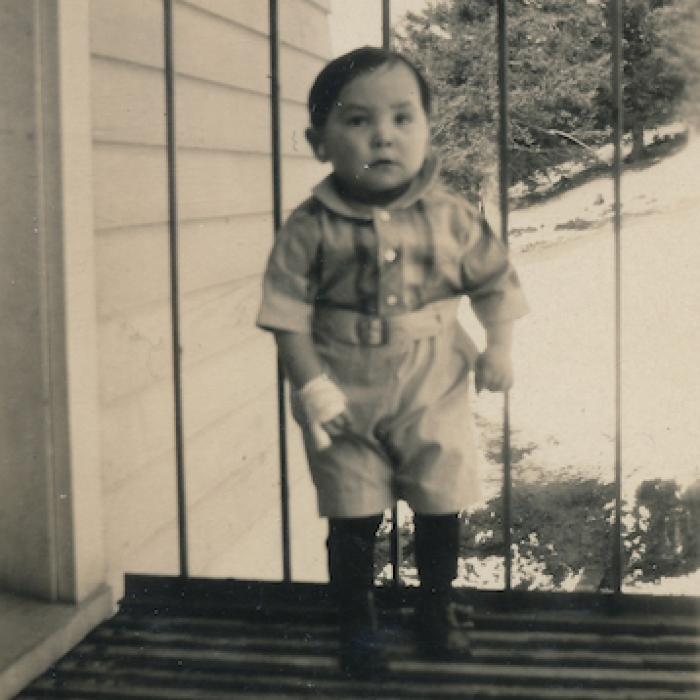Injury, Hurt Suddenly — Angqiarlluni

In classical Alutiiq society, two types of healthcare providers treated the sick and injured: healers trained in the arts of acupressure, bleeding, midwifery, and the use of medicinal herbs; and shamans who sought spiritual causes for illness and restored health by identifying and appeasing angered spirits. While a healer might prescribe a steam bath, a massage, or a poultice of salmonberry bark to treat an injury, a shaman would consult helping spirits and perform a healing ritual. Healers learned through apprenticeship. Young women worked with accomplished healers to learn their arts. In contrast, communities recognized shamans for their natural ability to know the spirit world. The Alutiiq word for shaman, kalla’alek, literally means one who has a helping spirit.
Although Russian colonists opened a hospital in Kodiak in 1808, which persisted into the 1840s, western medicine did not reach many rural Native communities until the late twentieth century. In part, this reflects the efficacy of the Native practitioners, who were revered for their healing abilities. But it also reflects the priorities of the new American government in Alaska. Sheldon Jackson, a Presbyterian minister and Alaska’s general agent for education in the early twentieth century, diverted government funds for intended for health care to establish western schools.
